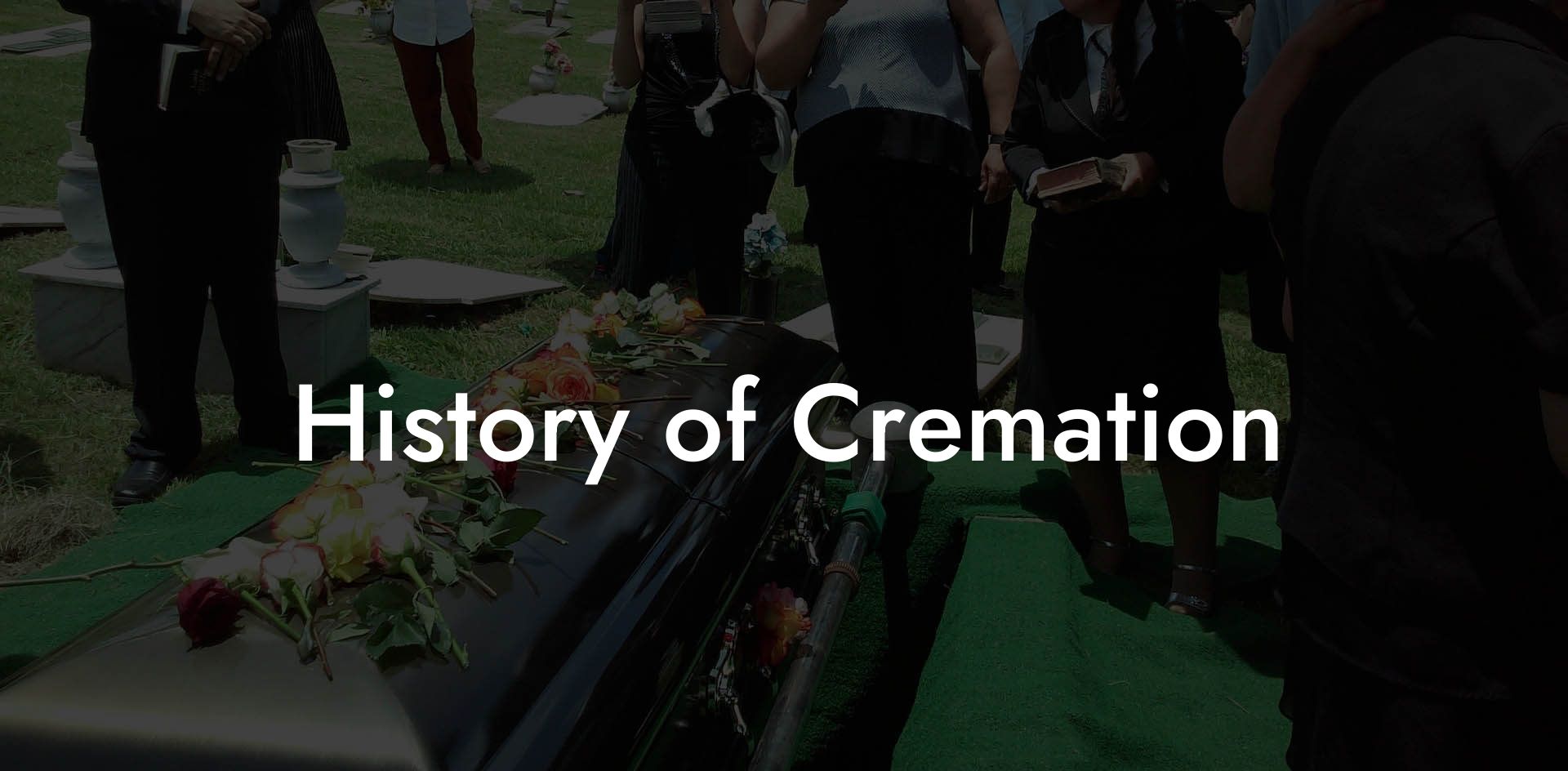Imagine a world where the ancient art of cremation meets modern technology, where the sacred rituals of our ancestors blend with innovative practices, and where the mysteries of the afterlife are illuminated by the light of knowledge. Welcome to the fascinating realm of cremation, a journey that spans thousands of years, crosses cultural boundaries, and delves into the very essence of human existence.
Quick Links to Useful Sections
- Ancient Roots: The Origins of Cremation
- The Middle Ages: A Shift Toward Burial
- The Modern Era: Revival and Innovation
- The Environmental Impact of Cremation
- Cremation Around the World: Cultural Variations
- The Future of Cremation: Trends and Innovations
- Resources and Community Support: Your Next Steps
- Frequently Asked Questions About Cremation
Ancient Roots: The Origins of Cremation
The history of cremation stretches back to ancient times, with evidence of cremation practices dating as far back as 3000 BCE. From the Indus Valley Civilization to ancient Greece and Rome, cremation was a revered and widespread practice, often reserved for the elite and the revered.
In ancient Greece, cremation was seen as a way to purify the soul, releasing it from the physical body and allowing it to ascend to the afterlife. The practice was also seen as a means of preventing the spread of disease and protecting the living from the dead.
The Romans, too, adopted cremation as a common practice, often cremating their dead on elaborate funeral pyres. The ashes were then collected and placed in urns, which were buried in family tombs or scattered in sacred rivers.
The Middle Ages: A Shift Toward Burial
With the rise of Christianity in Europe, cremation began to decline, and burial became the dominant practice. The early Christian Church viewed cremation as a pagan ritual, and the practice was seen as incompatible with Christian beliefs.
During the Middle Ages, burial became the norm, and cremation was largely forgotten. The focus shifted from the purification of the soul to the preservation of the physical body, with the hope of resurrection on Judgment Day.
The Modern Era: Revival and Innovation
In the late 19th century, cremation experienced a resurgence, driven in part by the growing urbanization of society and the need for more efficient and hygienic ways of disposing of the dead.
The first modern crematorium was built in Milan, Italy in 1876, and soon, cremation began to gain popularity across Europe and North America. The development of new technologies, such as the retort furnace, made the process more efficient and environmentally friendly.
Today, cremation is a common practice worldwide, with over 50% of Americans choosing cremation over traditional burial. The industry continues to evolve, with new innovations in technology, sustainability, and memorialization.
The Environmental Impact of Cremation
As the world grapples with the challenges of climate change, the environmental impact of cremation has become a pressing concern. Traditional cremation practices release pollutants into the atmosphere, contributing to greenhouse gas emissions and air pollution.
However, new technologies and practices are emerging to mitigate these effects. Alkaline hydrolysis, also known as water cremation, uses a water-based solution to break down the body, reducing emissions and energy consumption.
Additionally, many crematories are adopting sustainable practices, such as using solar power, reducing waste, and implementing recycling programs.
Cremation Around the World: Cultural Variations
Cremation practices vary widely across cultures and countries, reflecting diverse beliefs, traditions, and values.
In India, cremation is a sacred ritual, with the Ganges River serving as a revered site for Hindu cremations. In Japan, cremation is the dominant practice, with many families opting for traditional Buddhist rituals.
In some African cultures, cremation is seen as a way to release the spirit from the physical body, while in others, it is viewed as a taboo practice.
The Future of Cremation: Trends and Innovations
As the world continues to evolve, the cremation industry is adapting to new trends and innovations. From 3D-printed urns to virtual reality memorialization, the possibilities are endless.
The rise of eco-friendly cremation options, such as bio-cremation and resomation, is also changing the landscape. These methods use natural processes to break down the body, reducing environmental impact.
Furthermore, advances in technology are enabling new forms of memorialization, such as digital legacy management and virtual reality experiences.
Resources and Community Support: Your Next Steps
Whether you're planning a cremation service for a loved one or simply exploring your options, it's essential to have access to reliable resources and community support.
From online forums and support groups to local crematories and funeral homes, there are many resources available to guide you through the process.
Remember, cremation is a personal choice, and it's essential to approach the process with sensitivity, respect, and compassion.
Frequently Asked Questions About Cremation
Here are some frequently asked questions about cremation, answered by experts in the field:
1. What is the cremation process?
The cremation process involves the use of high-temperature flames to reduce the body to its basic elements, resulting in ashes.
2. Is cremation more environmentally friendly than burial?
While traditional cremation practices have an environmental impact, new technologies and sustainable practices are emerging to reduce emissions and energy consumption.
3. Can I still have a funeral service with cremation?
Yes, many families choose to hold a funeral service or memorialization ceremony in conjunction with cremation.
4. What happens to the ashes after cremation?
The ashes can be buried, scattered, or kept in an urn, depending on personal preference and cultural traditions.
5. Is cremation more cost-effective than burial?
Yes, cremation is often more cost-effective than traditional burial, as it eliminates the need for a casket, embalming, and a burial plot.

